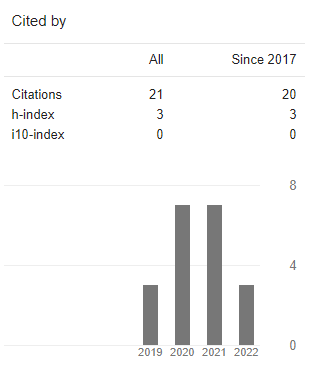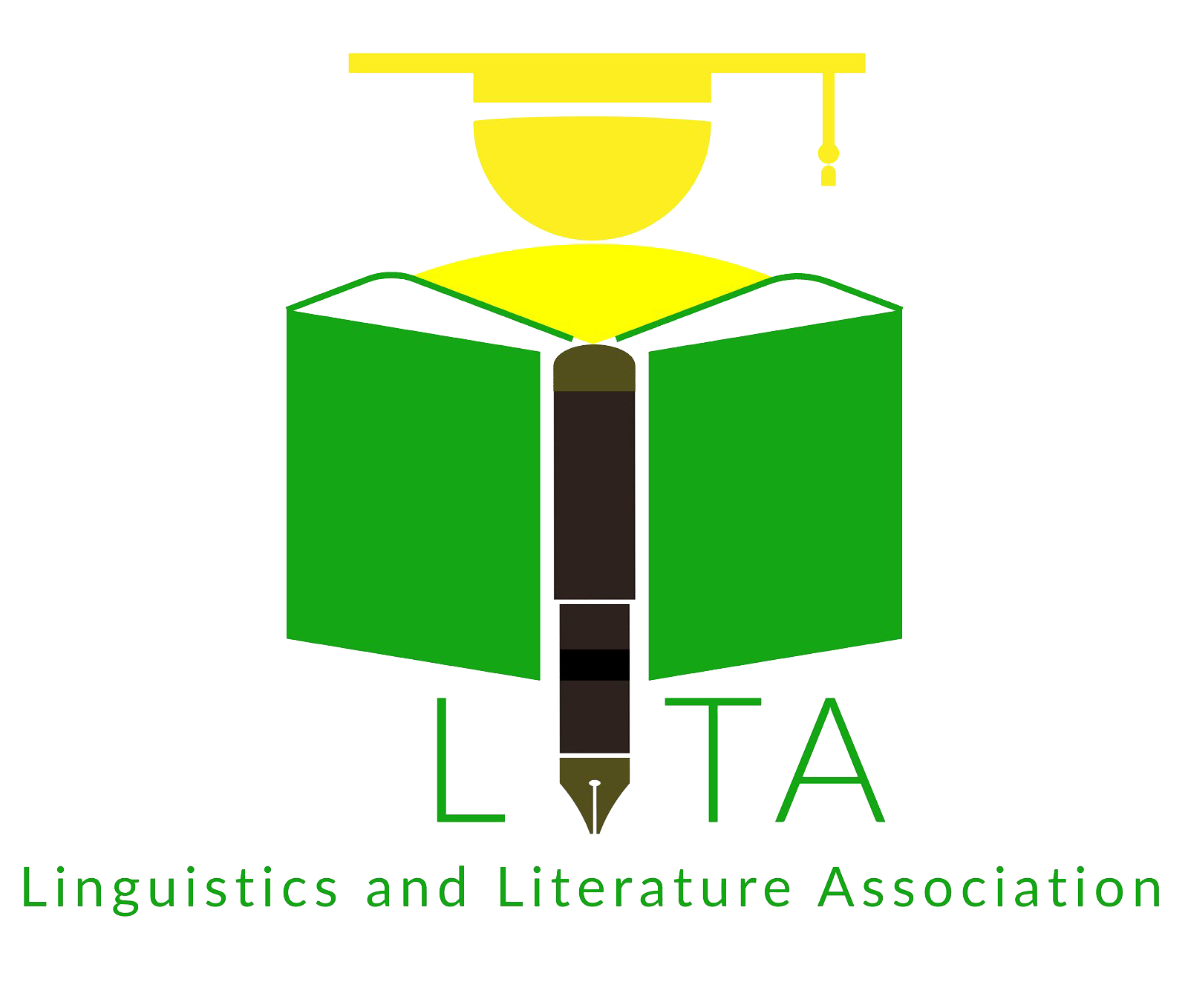The Portrayal of Philia and Agape in The Film Adaptation of Dewi Lestari’s Story Hanya Isyarat
DOI:
https://doi.org/10.21776/ub.alphabet.2022.05.02.03Keywords:
love, Philia, Agape, Hanya IsyaratAbstract
Love is an important thing in human life. Greek Mythology is well-known for the concept of love about Eros, Philia, and Agape. The authors analyze the love depicted in the short film adaptation of Dewi Lestari’s story Hanya Isyarat. This film tells about such kind types of Love. Based on the characters of the short film, it is depicted that types of Love. The purpose of this study is to describe the hidden meaning of the contents of the short film Hanya Isyarat by Dewi Lestari. The method of this study used the descriptive qualitative method. The author conducts in-depth observations to obtain results based on what is depicted in the short film. The data of this research was obtained from the dialogues presented by the characters. By having a depth analysis, the researchers found that there are two types of characters of love, including Philia and Agape because the characters are shown that they have only two kinds of love. All of them are about scarification and adoration without any hope of return.References
KBBI Daring (2016). Retrieved August 28, 2022, from https://kbbi.kemdikbud.go.id/
Khairunnisa H., K. A., & Manugeren, M. (2021). Philia As Friendship in Nicholas Sparks’ Novel the Longest Ride. Journal of Language, 3(2), 135–142. https://doi.org/10.30743/jol.v3i2.4489
Kollmann, J. (1992). Eros , Philia , and Agape in Charles Williams ’ Arthuriad . Mythlore, 18(4), 9-14
LaFollette, H. (1995). Personal Relationships: Love, Identity, and Morality. Oxford: Blackwell.
Lestari, D. (2013). Hanya Isyarat. Jakarta: Aquarius Musikindo. Retrieved September 25, 2022, from https://www.youtube.com/watch?v=g0dAbgIvJPY
Lizawati, Winingsih, R. A., & Herlina. (2021). Analisis Emosi Dalam Novel Alone Karya Chelsea. Jurnal Pendidikan Bahasa, 10(2), 325–333. https://doi.org/10.31571/bahasa.v10i1.3501
Meyer, J. (2018). What is literature? A definition based on prototypes. Work Papers of the Summer Institute of Linguistics, University of North Dakota Session, 41(3), 1-10. https://doi.org/10.31356/silwp.vol41.03
New Advent. (2022). (n.d.). Of the Good of Widowhood. Retrieved August 22, 2022, from https://www.newadvent.org/fathers/1311.htm
Protasi, S. (2008). A necessary conflict: Eros and Philia in a love relationship. Nordicum-Mediterraneum, 3(1), 68–97. https://doi.org/10.33112/10.33112/nm.3.1.8
Spivak, G. C. 1994. Can the subaltern speak? in P. Williams & L. Chrisman (Eds), Colonial Discourse and Post-Colonial Theory (pp. 66-111). New York, NY: Columbia University Press.
Undang-Undang Republik Indonesia Nomor 33 Tahun 2009 Tentang Perfilman (2009). Retrieved September 25, 2022, from https://www.bpi.or.id/doc/73283UU_33_Tahun_2009.pdf
Wood, H. (2016). A Christian understanding of the significance of love of oneself in loving god and neighbour: Towards an integrated self-love reading. HTS Teologiese Studies / Theological Studies, 72(3), 1–10. https://doi.org/10.4102/hts.v72i3.3401




















